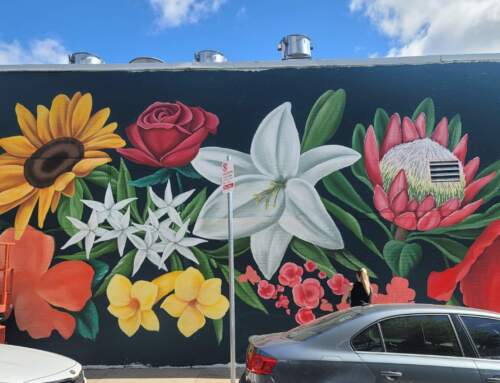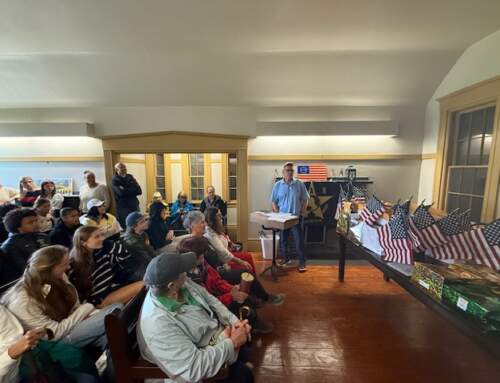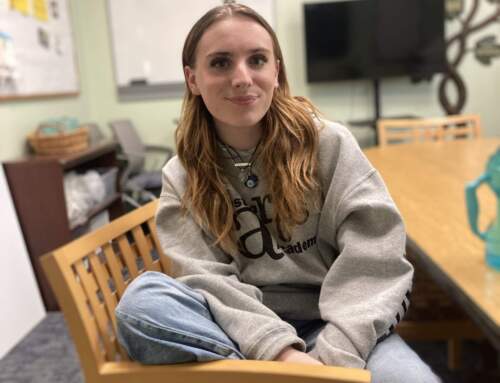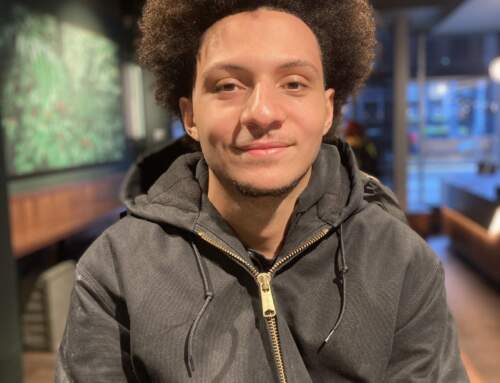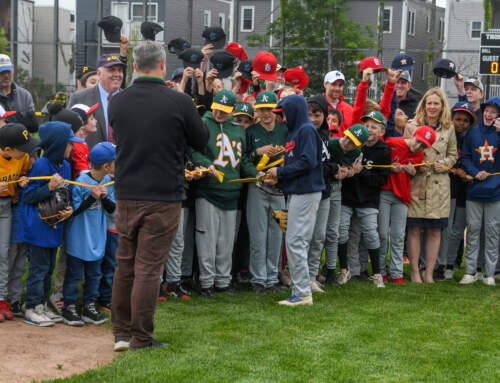By Richard Campbell
As part of the 100th anniversary celebration of the birth of John F. Kennedy, the astronaut and engineer guest speakers for this past Sunday at Space Exploration Day came well prepared to deliver. “We choose to go to Mars…” said Chief astronaut Christopher Cassidy, echoing Kennedy’s famous inspirational speech that launched the space program. And when space electrical engineer Su Curley detailed the operational aspects of the modern day space suit with vivid demonstrations, there was no question: American astronauts are in good hands. These are skilled ambassadors for NASA with a gold mine of personal experiences to relate. Starting with a video feed from astronaut Jack Fischer on the international space station, multiple hands on scientific demonstrations, to fascinating stories of Russian cosmonauts, Q&A sessions, photo ops, and personal stories about how they got to NASA –members of the audience easily became space enthusiasts. The JFK Museum hit this one way out beyond the blue sky of Fenway- to earth’s outer atmosphere.
A very friendly pre-talk demonstration on the International Space Station ISS by Dan Barstow, the Educational Manager of the Center for Advancement of Science in Space or CASIS, gave young students a guided tour of the station, breaking down it’s component parts and marveling at the football field sized station that has been active since 2000. According to CASIS literature, as of January this year some 226 astronauts from 8 countries have traveled for tours of duty on the station. It is hard not to be stunned by the images and feats of this project: from the numerous shuttle missions and spacewalks it took to build ISS, to the frequent scientific experiments; the space station set a premium on international cooperation. When the ISS is orbiting the earth at about 17,500 miles per hour, we are talking about some serious fly over imagery. While the eye popping imagery throughout this program was impressive, and wonderful other worldly weightlessness space ninja tricks kept us amused, there was plenty of detailed science on board.
To understand the environmental and physical challenges of creating a safe, operable space suit, the development of materials engineering and physical fitting and testing of the ISS /astronaut crew suits, Su Curley’s twenty-five years of experience in space systems showed as she delved deep into what it is actually like to suit up for flight and space walks. Her anatomy of the contemporary space suit revealed some rather sophisticated design solutions, and why the ticket price for a suit is over a million dollars. Controlling for pressure, temperature, oxygen supply, astronaut communications, the ability to handle space tools, to remain tethered and to do all this while dealing the peculiar functions of the human body, is no mean feat. The current space suit weighs in at about three hundred pounds, and Ms. Curley explained where mass costs money in space, the engineer’s objective is to reduce the weight through new designs while maintaining more advanced systems.
The newest set prototype called the TRON reduce the weight by a third, add much more functionality and flexibility. Her insightful descriptions, punctuated with historic footage from Gemini and Apollo, to the current day, put the evolution of the space suit into the context of the history of space flight. Judging by audience members entranced with her narrative, this woman showed she is really the right stuff. Speaking of which…
Next came Christopher Cassidy, a native New Englander from York, Maine, and Chief of the Astronaut Office, who started his career at the Naval Academy, was a Navy Seal for 10 years, attended MIT, and then encouraged by Bill Sheppard went on to apply to NASA to complete 2 space flights staying on the space station for six months in 2013. For all his accomplishments, he presented the world of a scientist and astronaut modestly through the lens of cultural understanding with an affable good nature that concealed the stress of years of training and exploration, that brought him to his chief officer position. He described having to operate from a Russian instrument panel on the Soyuz crafts, and speaking space talk in Russian simultaneously during flight stages, the differences between various stages of takeoff and landing, docking with the space station, as well as dealing with life in space.
Cassidy also covered the feeling of space flight, giving the audience details of daily activities at the space station, while showing videos of his journey along the way. It is one thing to have someone narrating a script on TV about being an astronaut, it is really something else to hear an astronaut relate his experience directly in detail. Cassidy projected the future of the Mars Program to be on course for late 2020’s to early 2030’s while detailing some of the technical hurdles the engineering crews were working on needed to fulfill the longer space time.
As if all this wasn’t enough, the JFK Museum offered extra hands on activities for young space enthusiasts to build their own rocket workshops to Astronaut puppets for younger kids, space geography jeopardy, and the long standing Space exhibit of the Mercury Freedom 7 spacecraft, which took Alan Shepard, the first American, into space. In countless ways the space program has paid back dividends to Americans, and this was a particularly fitting tribute to memory of a president who set our sights so high.


